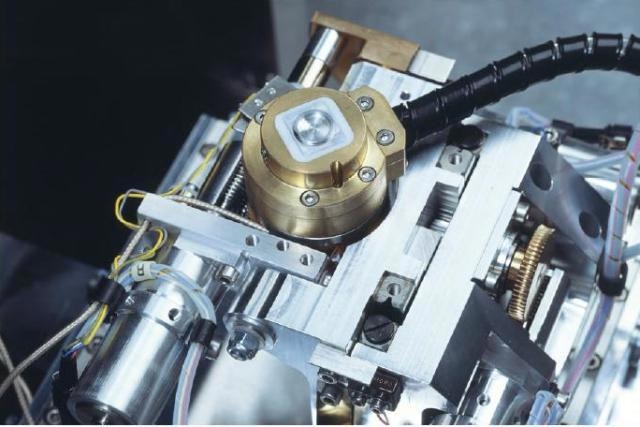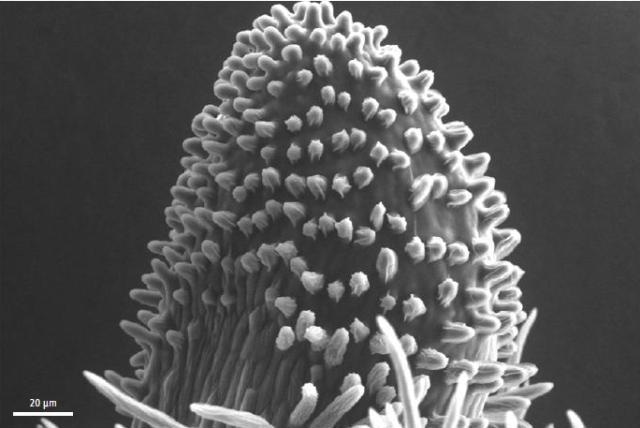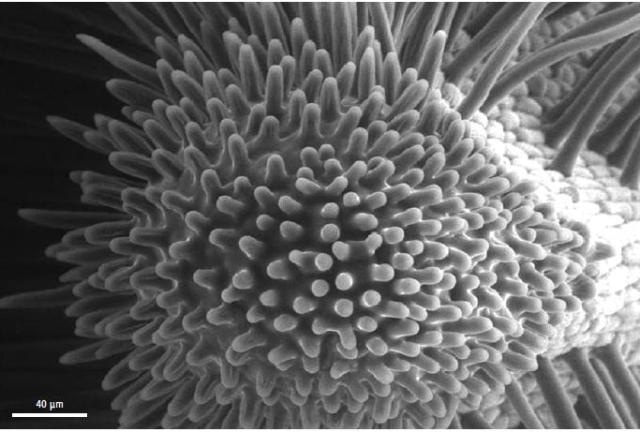Grain legumes are highly significant in global agricultural activities, however information on the composition, structure, and functioning of their open style and solid stigma is limited.
Global food production is underpinned by plant breeding programmes based on essential crops such as the broad bean (Vicia fava L.), soybean, pea, and the common bean. A clear insight into the mechanism of pollination in such species enhances the effectiveness of these programmes.
The faba bean is especially suited for study because it produces a large number of large flowers with straight styles that are easy to dissect and both autofertile and autosterile lines. Autofertile lines do not need a pollinating insect but do not have very large yields. Autosterile lines do need a pollinating insect and have relatively high crop yields.
Faba Bean Studies
The main objective for plant scientists is to compare autosterile and autofertile lines so that crosses between the two lines can be obtained. The overall objective is increased food production. In this application note the development of the faba bean stigma was observed by using a scanning elctron microscope in the days leading to anthesis (pollination).
Instrumentation
An EVO LS 15 SEM with variable pressure (VP) feature and a variable pressure secondary electron (VPSE) detector was used for these studies of pollination biology. In addition, the SEM was equipped with a Coolstage and the images presented in this note were obtained with the stigma cooled to approximately -20° C.
To minimize possible damage to the specimens, a low pressure of about 30 Pa of air was used. This extremely low pressure is adequate to compensate for specimen charging and to trigger a gas phase scintillation signal for the VPSE detector. The Coolstage, shown in Figure 1, is a Peltier device, which can minimize the specimen temperature. Long periods of SEM imaging are then possible since hydration of the specimen is maintained.

Figure 1. Coolstage fitted to the EVO® Cartesian stage.
Background Biology
Anthesis is that stage of maturity of the stigma at which pollen that reaches its can cause pollination of the flower. The stigma undergoes physical changes in the days before anthesis and this project records the changes. The SEM offers an easy way to image the three dimensional surface structure of the stigma. Stigma samples were obtained from D07 plants in the days before anthesis.
Figure 2 and 3 show the autosterile D07 line three days and two days before anthesis respectively.

Figure 2. Structural Outline of a stigma from the autosterile line D07 at three days pre anthesis. The stigmatic cuticle and papillae were intact and no exudate was released.

Figure 3. Structural Outline of a stigma from the autosterile line D07 in faba bean at two days pre anthesis. The stigmatic cuticle was intact and no exudate was released.

This information has been sourced, reviewed and adapted from materials provided by Carl Zeiss.
For more information on this source, please visit Carl Zeiss.